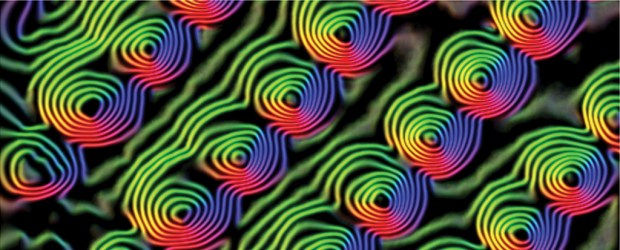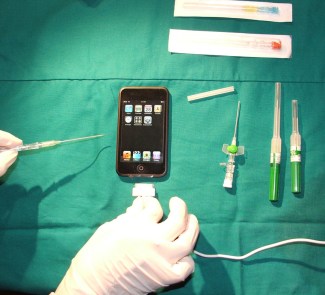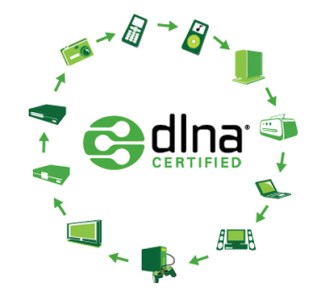Nanotechnology applications seem endless. Advances in nanotechnology could revolutionize the fields of medicine, computer science and even industrial food production.
When Nobel laureate Richard Feynman gave his famous informative talks on nanotechnology, no one expected that his visionary ideas would lead to an authentic revolution in technological knowledge and development.
Today on Think Big, we want to review the many advances brought on by nanotechnology; this is the discipline described by the American physicist with his famous phrase «there’s plenty of room at the bottom«.

The impact of nanotechnology in our society is more than evident, with varied and interesting developments in industry, environmental sustainability, the search for new energy sources, the development of innovative carbon nanotubes and the arrival of nanobiotechnology.
Food, the first beneficiary
As mentioned at the beginning, the industrial applications of nanotechnology are really interesting. One of the many beneficiaries of this progress is the food production industry, in which nanobiosensors could be used to detect pathogen microorganisms in food.
Furthermore, the nanocomposites could also be used in food manufacturing, by increasing mechanical and thermal resistance and decreasing the oxygen transfer into products packed using these materials.
Energy and the environment, an innovative pair
Nanotechnology may also help in reducing energy consumption by providing nanocomposites that provide thermal insulation. In addition, the search for new energy sources has found one of its greatest allies in nanotechnology. Perhaps solar panels will improve their efficiency thanks to the development of specialized nanostructures.

Environmental sustainability and care is closely related to the energy sector. Can nanotechnology help protect the environment? It seems that the main objective of the so-called green branch of the discipline is, on the one hand, to produce nanomaterials that are not harmful for the planet or human health, and on the other, to achieve less harmful chemical processes through nanotechnology.
With this second end in mind, we have a variety of applications such as in the development of nanocatalysts that make chemical reactions more efficient and less polluting.
Wastewater treatment and environmental pollution are also good examples of the progress of green nanotechnology. Without a doubt, the nanoscopic world offers great applications that researchers are only beginning to take advantage of now.
Last but not least: medical and computer science, the great allies of nanotechnology
In this review of nanotechnology applications in everyday life, we could not leave out the progress made in the fields of health and computing. Implementing innovative nanoparticles to fight dangerous infections or neurodegenerative diseases appears to be a very important challenge for nanotechnology in the field of medicine.
On Think Big we have not only reviewed applications of nanotechnology in developing new and powerful drugs, but also those working in the computer industry are in luck. Cedric, the first computer made using carbon nanotubes, appears to be leading the take-off of nanotech progress in computing.
We have certainly left out many nanotechnology applications, but at least we summarised some of the most important ones. And, as Feynman predicted, this truly innovative discipline is destined to change our future.
Images | Geoff Hutchitson (Flickr), Brookhaven National Laboratory (Flickr)









